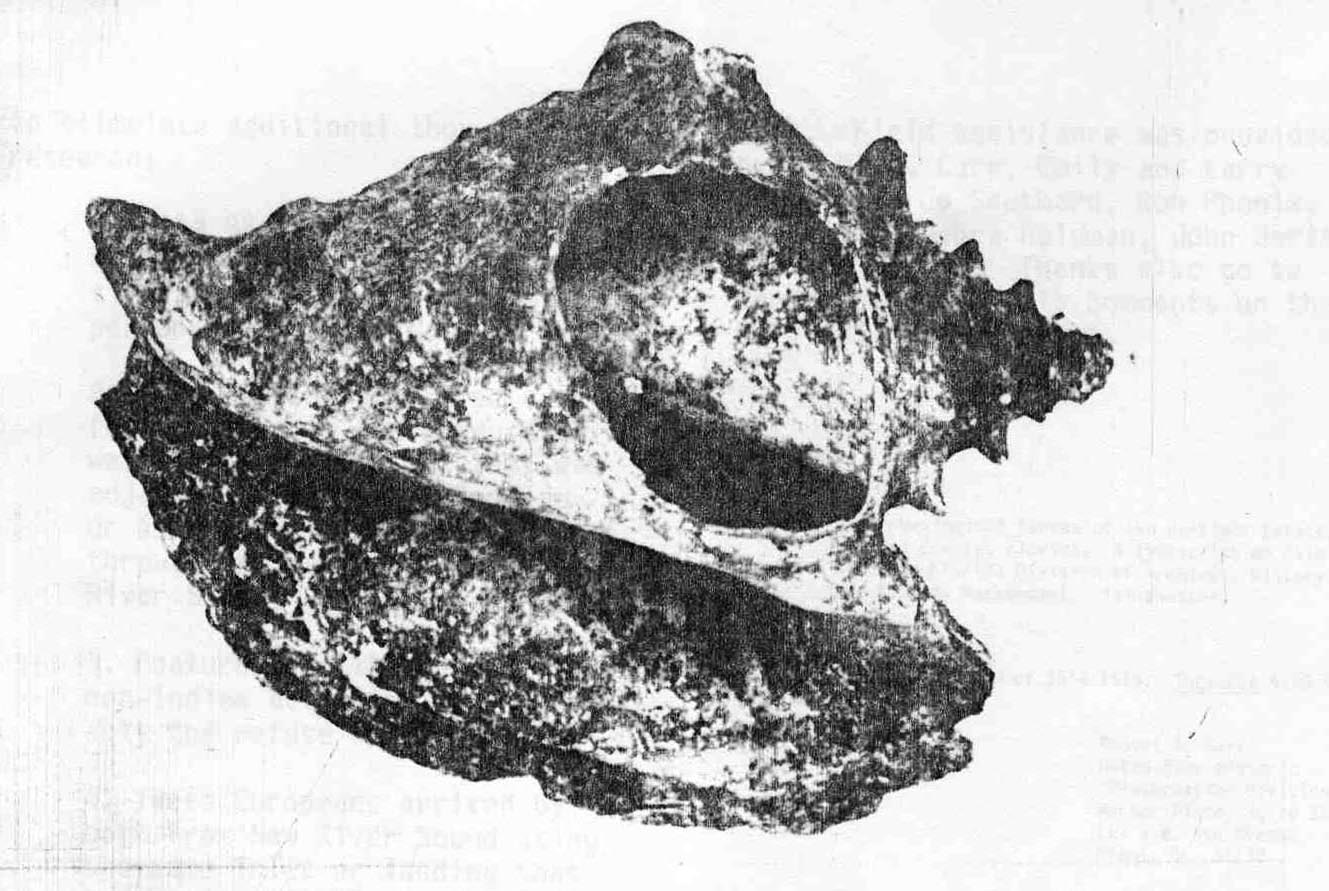
Here at Bonnet House, one of the most important parts of our mission involves preserving our history and educating the public about South Florida’s unique and fascinating role in the discovery and colonization of North America. While there is quite a bit we already know about the early Spanish and European settlers, there is still so much that is being learned and uncovered to this day. Bonnet House is proud to play a pivotal role in some of the more recent discoveries that have led experts to believe that the history of Florida we previously understood is not what it seems.
Most have been taught that Florida was discovered in 1513 by Ponce De Leon on his quest to find the famous Fountain of Youth. However, authors Todd Turrell and Brian Schmitt recently published a book titled “The Florida Keys – A History Through Maps,” presenting compelling evidence suggesting that European explorers arrived in Florida before Ponce De Leon. The authors presented two lines of evidence, consisting of three European made maps that predate Ponce de Leon’s landing, and a significant archaeological discovery uncovered right here at the Bonnet House estate.
The first and earliest of the maps was created by Juan de La Cosa in the year 1500 (thirteen years before Ponce de Leon is recorded to have discovered and named Florida) that depicts vast lands north of Cuba and is acknowledged as the earliest undisputed representation of the Americas. The second map, created in 1502 and called the ‘Cantino Planisphere,’ depicts in detail the peninsula of Florida eleven years prior to the 1513 landing of Ponce de Leon. The third, a 1511 Peter Martyr map, is the first printed map devoted to the New World depicting the lands north of the Bahamas and Cuba, and also demonstrates that Europeans had explored and mapped Florida before Ponce de Leon.
The archaeological evidence of the pre Ponce de Leon discovery of Florida was discovered in 1984 at our very own Bonnet House Estate by archaeologist and coauthor Robert Carr of the Archaeological and Historical Conservancy. The conch shells unearthed on our estate were a mystery because rather than piercing the shell with a small hole at the crown in the manner used by the indigenous people and the Spanish, who were well acquainted with indigenous practices, they had been opened by breaking large holes into the shell wall. One shell had been pierced by a metal sword or knife, tools used by Europeans (see photo above of a conch shell with a non-Indian break).
“Radiocarbon dates of the shell indicated that the mollusk meal had been consumed in the fifteen century,” says Carr. “The evidence indicates they were opened by people who were not Spanish, but who likely arrived in South Florida from the north along the Atlantic coast or had sailed directly from Europe. This could be evidence of explorer and navigator John Cabot ‘s voyage of 1497 which reportedly sailed from Canada to as far south as the Florida Keys.”
Here at Bonnet House, we couldn’t be more proud to have played a role in this important discovery. We have these now famous conch shells on display in the Caretakers Cottage with an explanatory label and others can be viewed in the antique cabinet in our Studio. If you’re interested in viewing these conchs and experiencing all that our beautiful estate has to offer, you can purchase discounted admission tickets to use when we reopen with this link by using the coupon code “Covid19.”
To take a virtual tour of our grounds, including the shell midden, watch this video.

I like to know about Rotonda West history in Florida